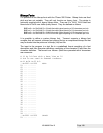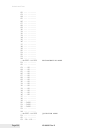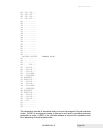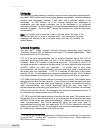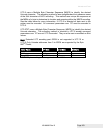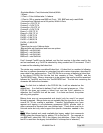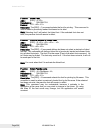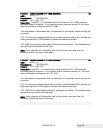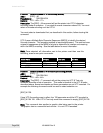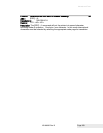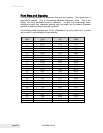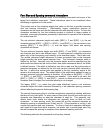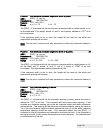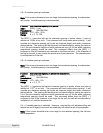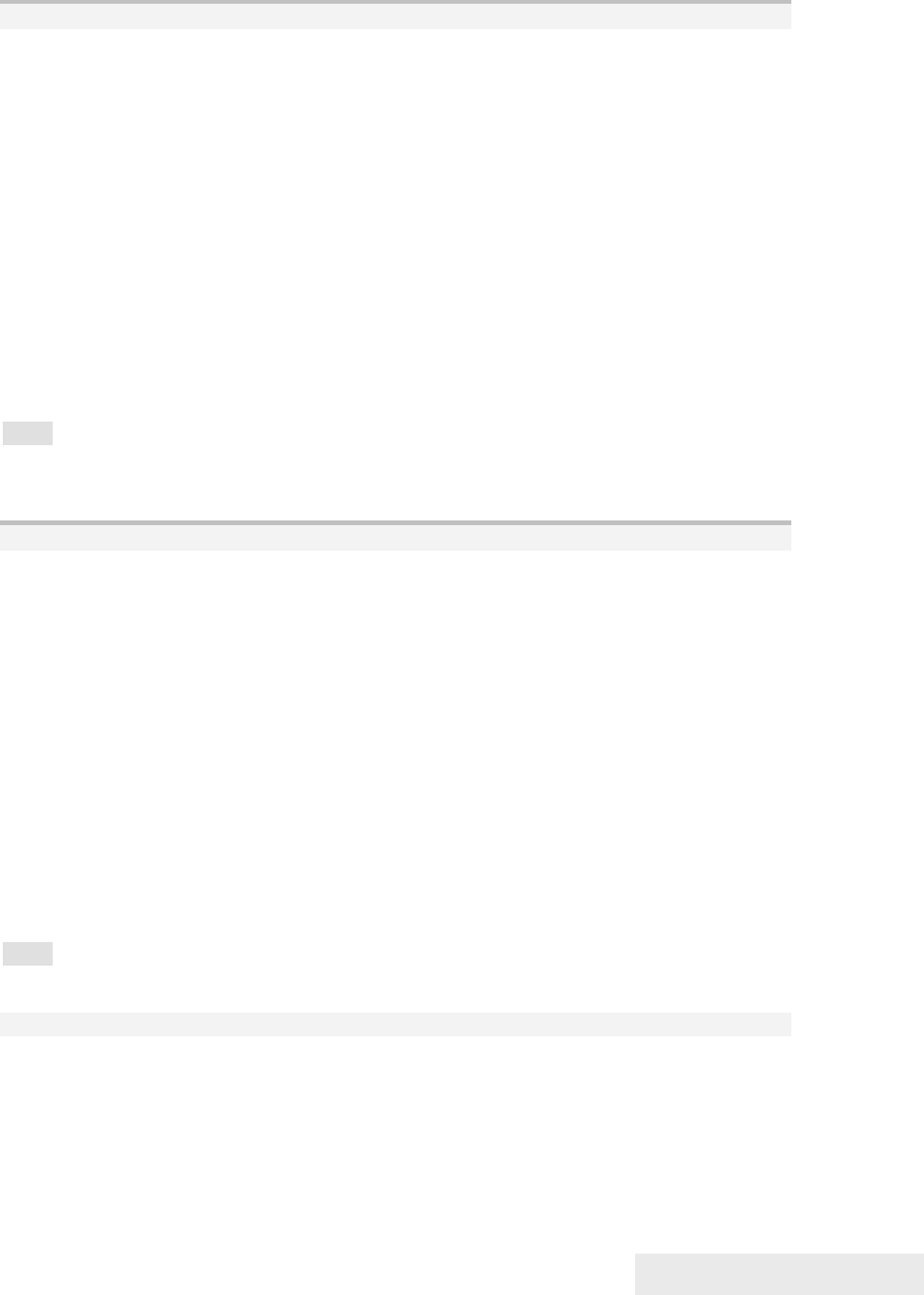
Unicode and Fonts
100-88002 Rev B Page 207
Function Initiate Unicode UTF-16BE Encoding All
ASCII [ESC] + H
Hexadecimal 1BH 2BH 48H
Decimal <27> <43> <72>
Description The [ESC] + H command will put the printer into UTF-16BE character
encoding mode of operation. If you wish to access characters above 255, you must
select a Unicode encoding such as UTF-16BE.
You must select a downloaded font, as described in this section, before issuing this
command.
UTF-16 is the most straightforward way to access characters above 255, sending two
8-bit bytes that form a 16-bit address to access the desired character.
UTF-16BE uses the big-endian method of sending the two bytes. This method sends
the high byte first and then the low byte.
Note: Once selected, all information sent to the printer must then use this
encoding, even for non-print commands.
Function Initiate Unicode UTF-16LE Encoding All
ASCII [ESC] + L
Hexadecimal 1BH 2BH 4CH
Decimal <27> <43> <76>
Description The [ESC] + L command will put the printer into UTF-16LE character
encoding mode of operation. If you wish to access characters above 255, You must
select a Unicode encoding such as UTF-16LE.
You must select a downloaded font, as described in this section, before issuing this
command.
UTF-16 is the most straightforward way to access characters above 255, sending two
8-bit bytes that form a 16-bit address to access the desired character.
UTF-16LE uses the little-endian method of sending the two bytes. This method sends
the low byte first and then the high byte.
Note: Once selected, all information sent to the printer must then use this
encoding, even for non-print commands.



